
What distinguishes something as an heirloom? Is it monetary value? How was something made? When my father died in the second half of 2021, I inherited two watches that couldn’t have been more dissimilar. The first is a solid gold Rolex Air King from 1954, and the second is a digital Seiko M158. I’ve realized that monetary value is only a small part of what determines how much we value something. Instead, the true value of an heirloom is found in the stories we tell about it. When an object is imbued with the owner’s story, memory, or personality traits, it transcends from something of monetary value to something irreplaceable.
The Rolex Air King
So far as I can remember, my father always wore a watch. Most of his small collection was made up of Seiko and Citizen pieces. But I remember sitting in my parents’ bedroom one day as a kid when my father pulled out his watch box. I had seen most of the pieces before, but on this day, he took out a carefully wrapped gold Rolex.
I grew up in Northern California in a small farming town. My family was not poor, but we did not have a lot of money either. We got around in a Dodge Caravan, shopped for clothes at Ross, and ate at chain restaurants. Given our modest lifestyle, I didn’t know much about luxury, so I was surprised to learn that my father owned a gold Rolex. My father told me that it belonged to my grandfather on my mother’s side and that it was made from real gold. As a child, that was enough to impress me, and I had not thought to ask more about it.
After this reveal, I began to entertain the remote possibility that I might one day be able to claim the watch as my own. Surprisingly, however, I frequently failed to remember that it existed. To begin, my dad never wore it, even on special occasions such as my graduation and wedding. Instead, he stuck to his Seikos and Citizens.

No one in my family ever discussed mortality. The topic was uncomfortable, and the idea of requesting something made me feel like a greedy child staking a claim on someone’s possessions before they were ready to pass it on. So instead, I hoped my dad would surprise me with it one day—maybe as a present for a milestone birthday or the birth of one of my children. I imagined the ceremony, complete with a heartfelt speech detailing the watch’s backstory and a prideful smile on his face as he presented it to me.
But life doesn’t always work the way we wish. Instead, the worst happened. In July of 2021, my father was diagnosed with Stage IV pancreatic cancer. We were devastated and shocked. My father had already recovered from prostate cancer and routinely went to a set of specialists to monitor his health. How could this have happened? And more importantly, how long did he have left? His oncologist thought that he could prolong his life with chemotherapy, but the treatment proved to be too much for him. In less than three months, he died.
My mother, sister, and I were sitting in my parents’ bedroom two days after his death, looking through some of my father’s belongings. My sister asked for a jade necklace that my father always wore, and I asked for the Rolex, to which they both agreed. The transfer of ownership was completed, but not with the fanfare I had hoped for.
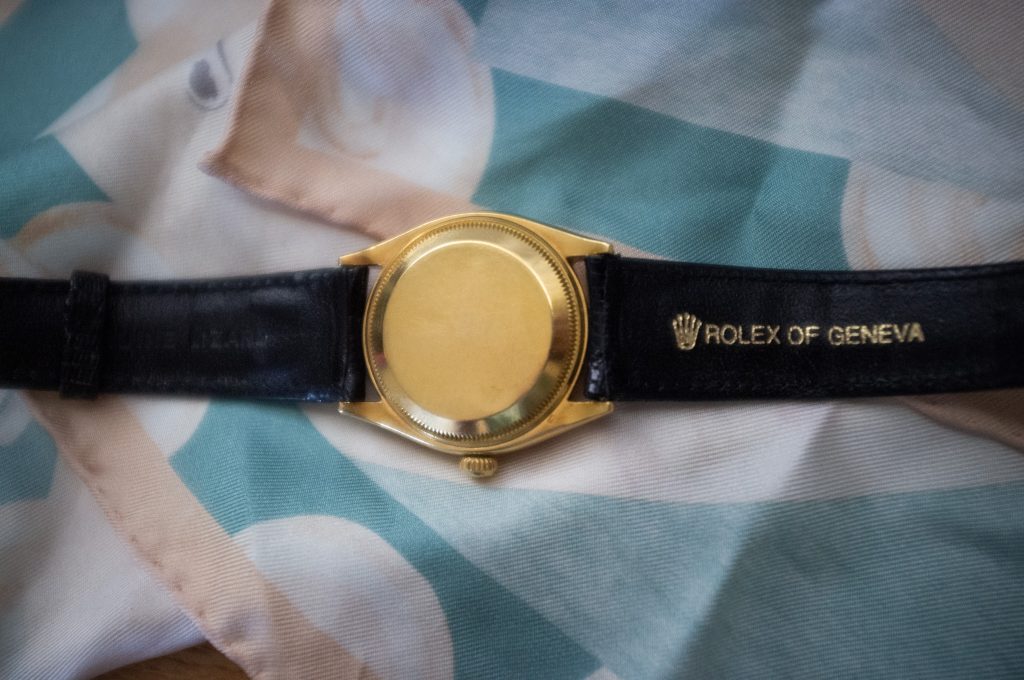
I never got the chance to ask my father about the watch. It appeared to be an Oyster Air King with the reference number 6567. So, with little else to go on, I turned to the internet, as many modern-day sleuths do.
Rolex first introduced the Oyster Air King in 1945, following World War II. The “Air” models were named after British Royal Air Force pilots who wore Oysters during the war, and the “King” was named after the 34mm case, which was considered large at the time. Around 1953, the reference was changed to 6652, and the Air King was equipped with the 1030 caliber movement.
I’ve also been fortunate to make some wonderful friends in the watch community, one of whom introduced me to well-known watch enthusiast Eric Wind. Eric was able to confirm the authenticity of the watch after studying some photos, and based on the serial, he believed it was from the early 1950s and made of solid 18K gold. He was astounded that the watch was unpolished and showed no signs of tarnishing. Even more remarkable was the fact that the watch came with its original strap and buckle, both of which were in immaculate condition.
I wanted to wear the watch immediately but resisted. For starters, the Rolex had sat unworn and unused for the past 30 years and was most likely in need of service. Second, it was incredibly valuable! All of Erik’s words were exciting and resonated in my head. Unpolished! Unworn! Immaculate! For someone who had never worn a watch that cost more than $300, this suddenly became the most valuable thing I own.
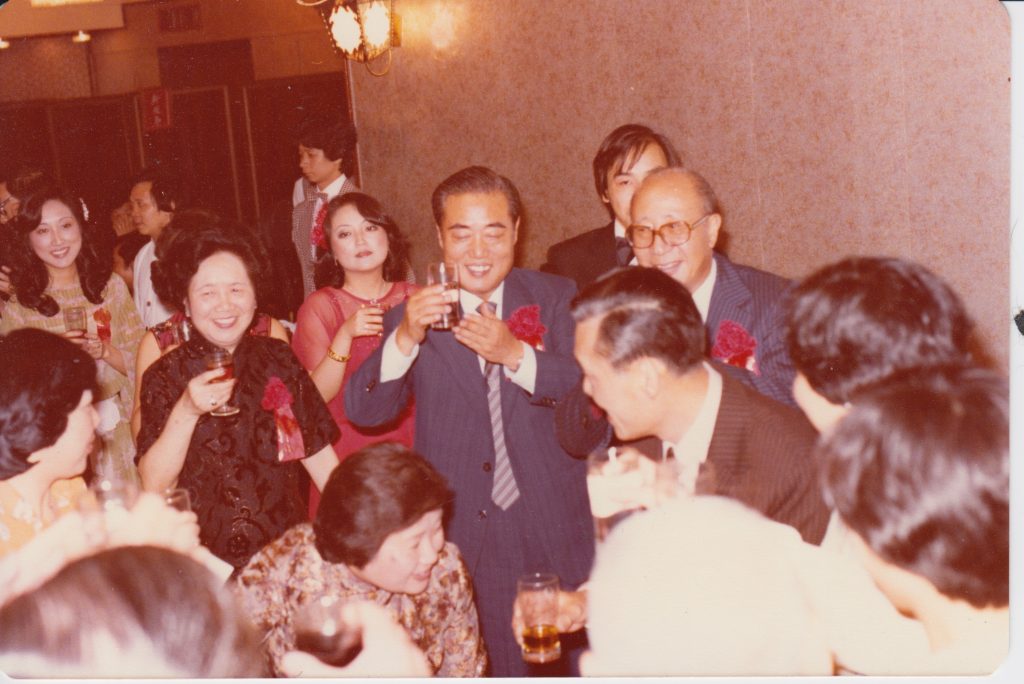
My gong gong in the center holding the drink with my mother and father standing behind him. A small bit of a watch can be seen
So, doomed to repeat history, I carefully wrapped the watch and tucked it away. I occasionally took it out to admire it, but I quickly realized that I was only appreciating it from a monetary perspective, like Gollum hunched over and staring at his precious. When I tried to feel a connection to my father or grandfather through the watch, I came up empty. Maybe if I knew more about the Rolex, I could connect to it at a deeper level.
My maternal grandfather, or Gong Gong, died before I was born. Of the little I know about him, he was born in Tianjin’s Hebei District, where he worked in textiles. Like my family, my grandparents led a modest existence. My mother says he had good taste and focused on buying things that looked nice and were well-made so they would last. She can’t remember when or why he bought the Rolex, and the story is now lost to us. However, she believes that someone at work must have mentioned that it would be a good investment.
She also doesn’t recall him wearing it much, and based on the watch’s pristine condition, I assume he didn’t. My mother suspected that he had saved it for special occasions such as her wedding. I rummaged through her wedding album, desperate to find evidence of it. Instead, all I saw was a possible glimpse peeking out of his shirt sleeve—something worn discreetly but not on display.
I also looked through photos of my father and never saw it on him. It’s unfortunate that the history of this watch has been lost to time, but this hasn’t diminished my attachment to it. After all, it’s a valuable piece of history that I want to pass down to my children. But how strong a bond would they form with it? What distinguishes something as an heirloom?
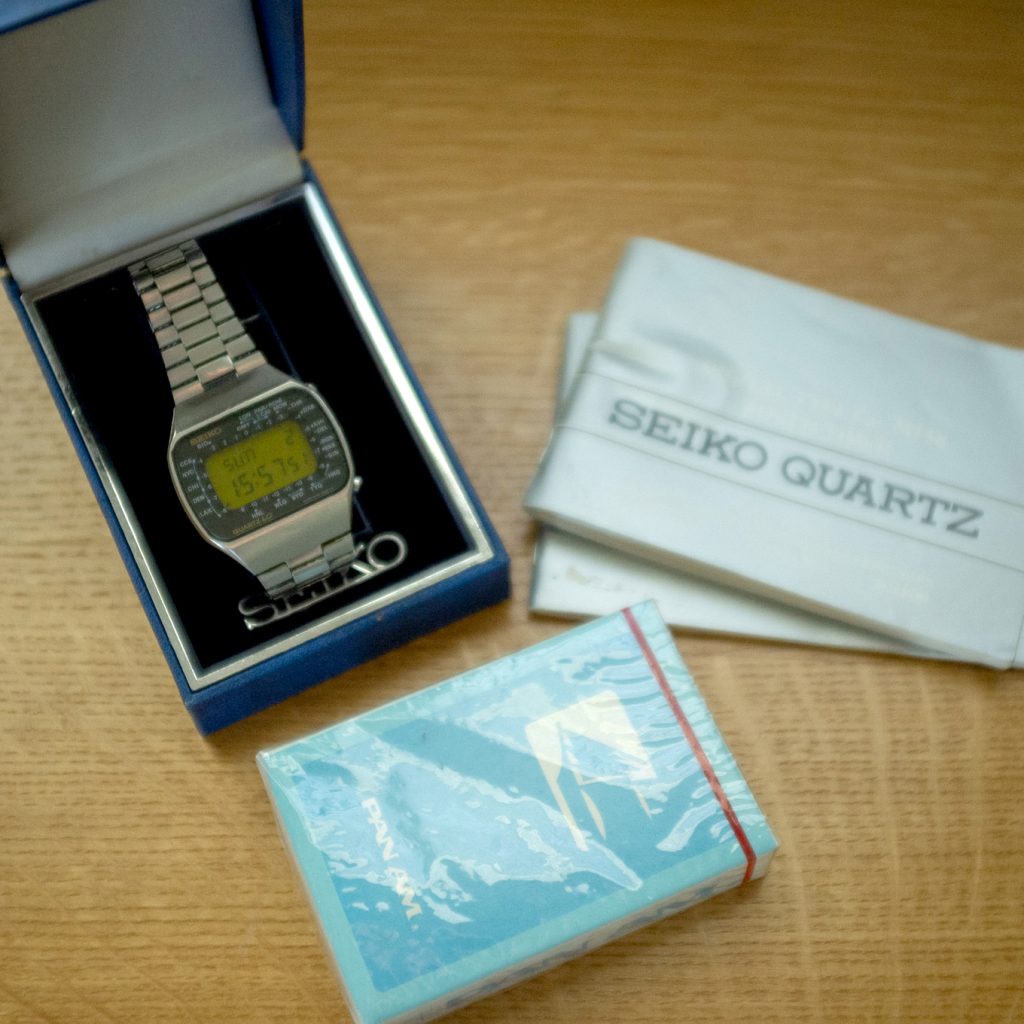
My father’s Seiko M158, complete with the original box and papers that I found in a briefcase, along with a Pan Am deck of cards.
Seiko Pan Am
I went to see my mother a few months later and went through my father’s belongings again, looking for another watch that I knew he owned. After some digging, I discovered it tucked away in the back of one of his drawers: the Pan Am, also known as the Seiko M158.
In 1977, Seiko released the M158, its first world-time digital watch. With its iconic lemon yellow face and ability to display time in multiple time zones with a few button presses, the M158 quickly became a favorite among airline pilots, earning it the nickname “Pan Am.”
This was the watch I most recall my father wearing. As a child, I was always fascinated by its unusual and distinguishable yellow face. My father would occasionally take it off and let me play with it, and I would frequently just turn the light on and off. It was a unique feature, especially before indigo lights became popular.
Unlike the Rolex, the Seiko has significant signs of wear. Scratches adorned the face and bracelet, like badges of honor for a watch that was used on a daily basis. It was only a few years ago that I noticed it had disappeared from my father’s rotation. I assumed it was because he had purchased an Apple Watch, but after closely inspecting the M158, I discovered the true culprit: the battery coin hatch had been stripped. I imagine that after countless battery changes, my father wore down the coin groove and, unable to change the battery, he set it aside until one day he could get it fixed.
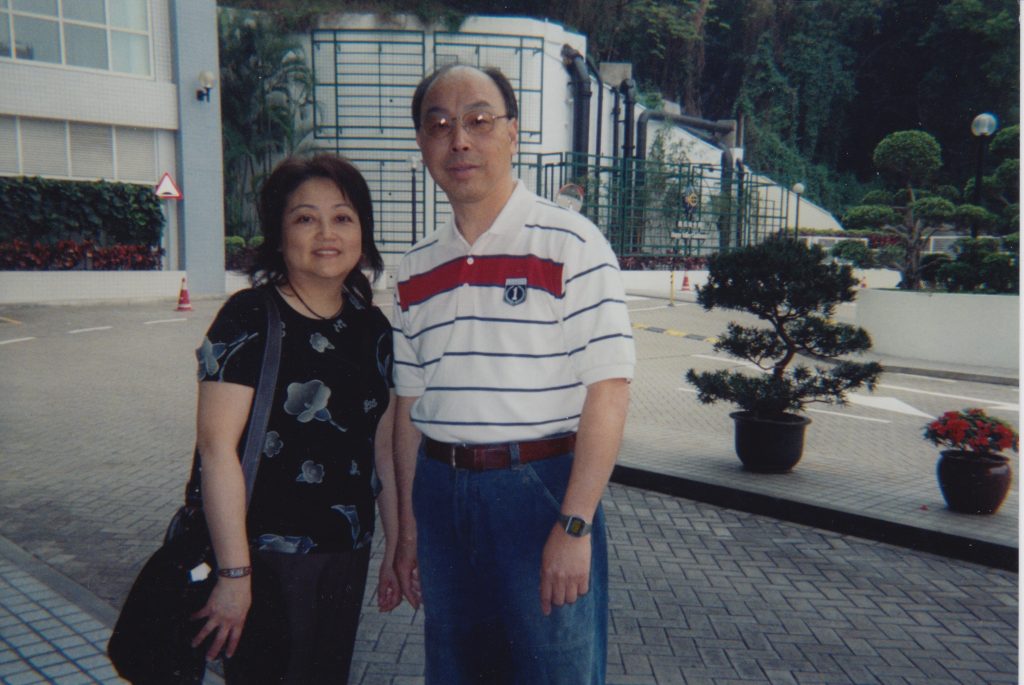
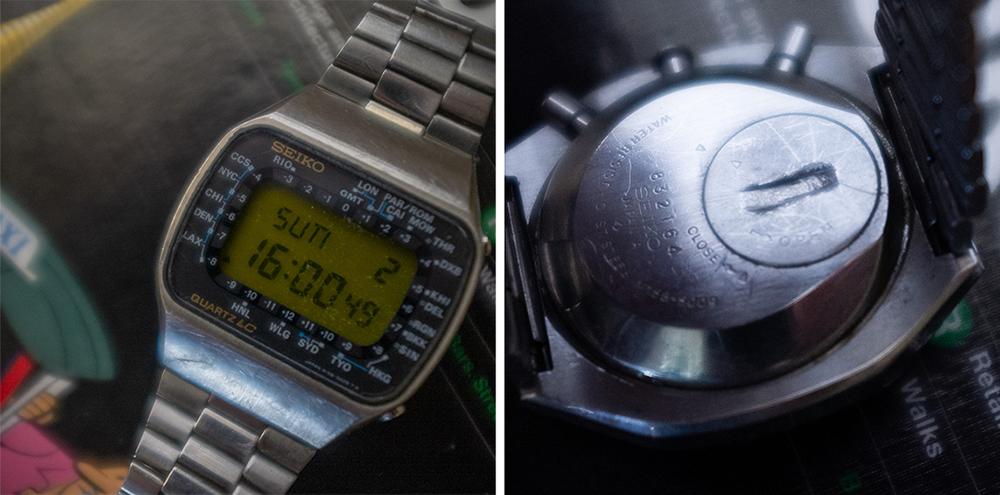
I see the Pan Am everywhere when I look through old family photo albums. Family gatherings, graduations, and just hanging out at home. I went back even further, to the early 1980s, and saw it on my father’s wrist as he held my older sister as a newborn.
While I had fond memories of this watch, similar to the Rolex, I knew nothing about its history. Fortunately, my mother knew a lot more about this piece. Her parents bought the Seiko as an engagement gift for my father—an incredibly touching detail I was unaware of, but it explains why my father must have treasured it so much and adds a new layer of sentimentalism for me.
Two different watches: both given to my father from my mother’s parents and then inherited by me. Both treasured and valued in different ways.
An heirloom does not have to be expensive; it simply needs to be made well enough to last. What truly distinguishes an heirloom is the accumulation of stories, memories, and wear. And therein lies the magic: while luxury watches will always be in a class of their own, anything can become an heirloom, and once an heirloom, it can be more valuable than anything else.
If you plan to buy or give a watch to your child, make sure you tell them the stories behind it. Tell them how and why you got it, who gave it to you, and what it meant to you. Share stories about where the watch has been, perhaps a funny story about when the time was wrong. Tell them how it got its marks, and allow them to wear it and play with it because you want them to inherit these as well.
With the two watches I inherited, I wanted to start putting my own stories in them. I took the Rolex to LA Watchworks for a full service, most likely its first. I went to a local watchmaker to replace the battery in the Seiko.
When the time comes, I want my children to cherish these items not only for their monetary value but also for the memories they hold. With the Seiko, that means carrying on my father’s legacy. With the Rolex, it means beginning a new one.
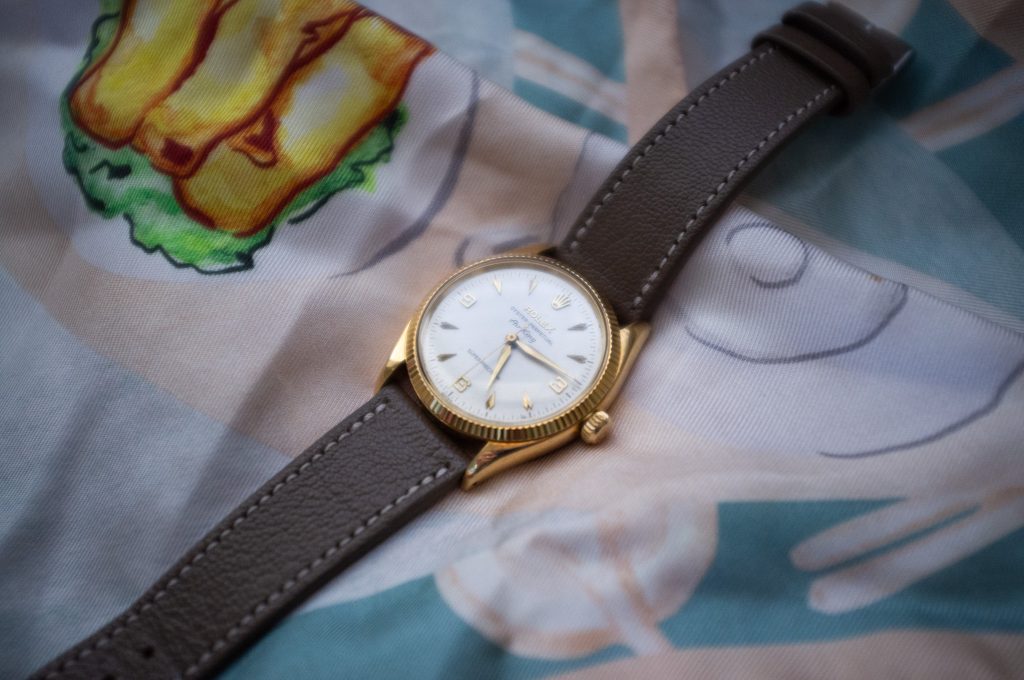
I’ve since updated the Rolex with a new strap
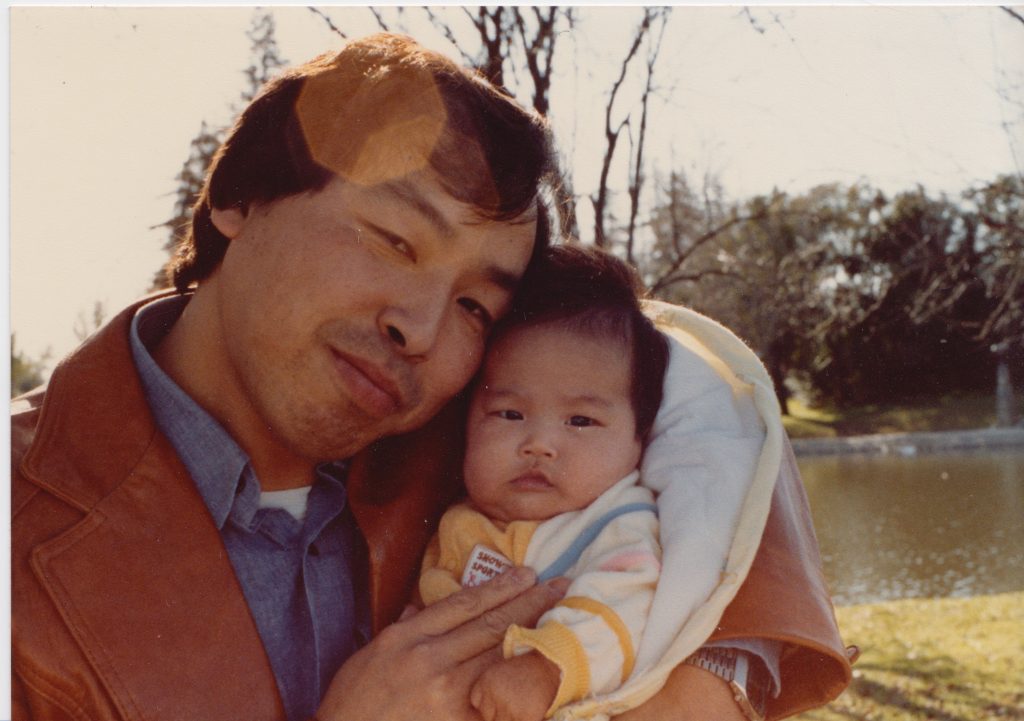
My father with my sister when she was several months old
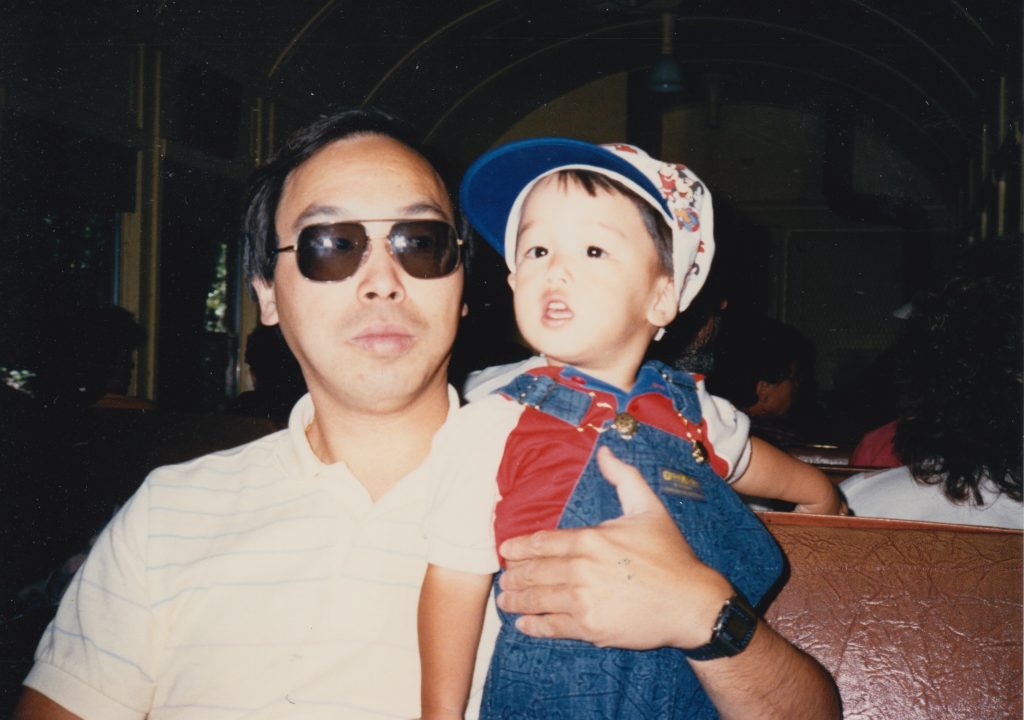
My father with me when I was about two years old
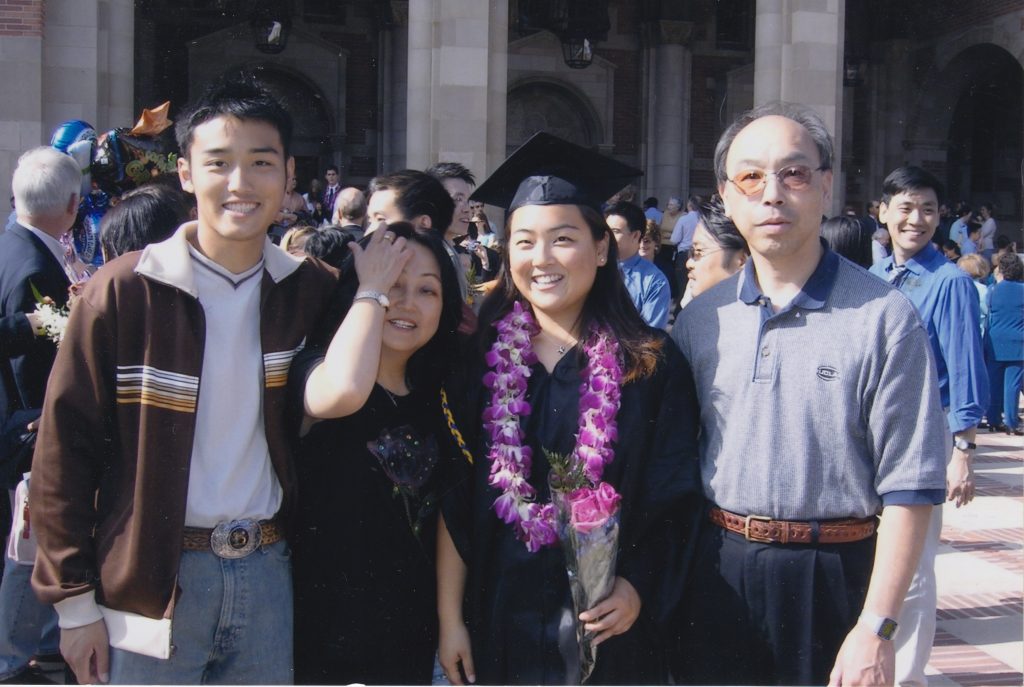
My father at my sister’s college graduation







